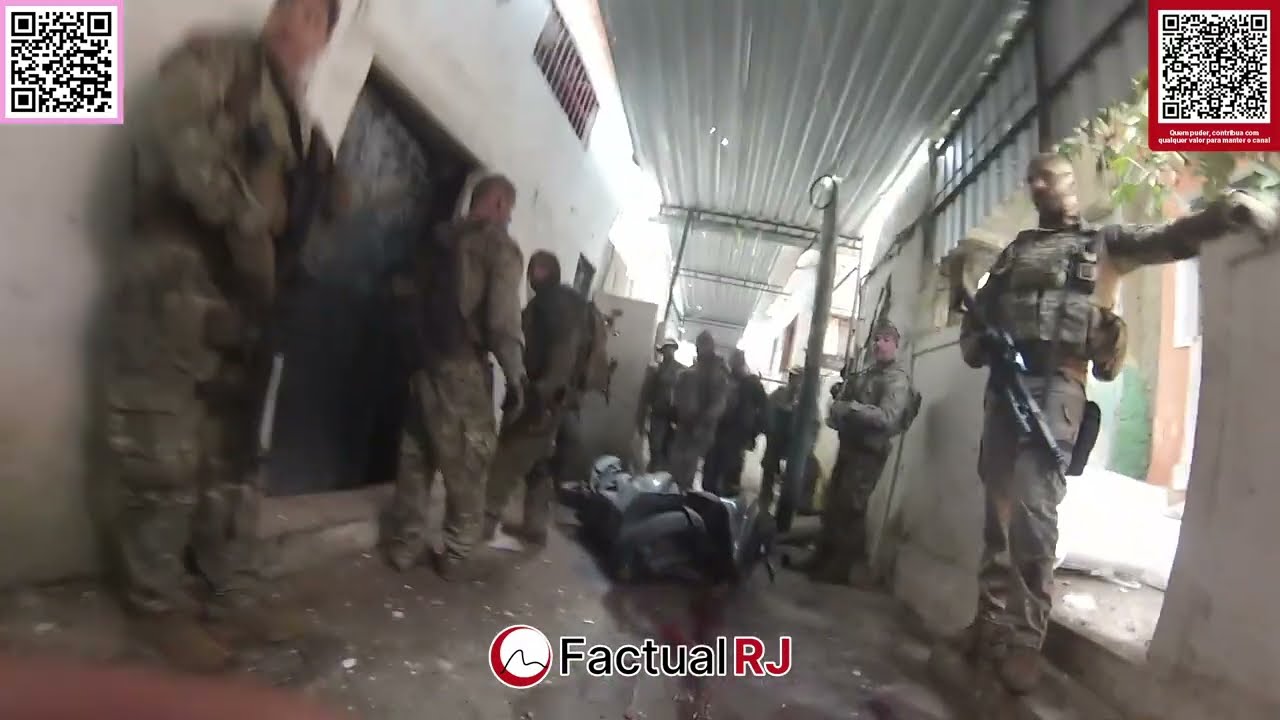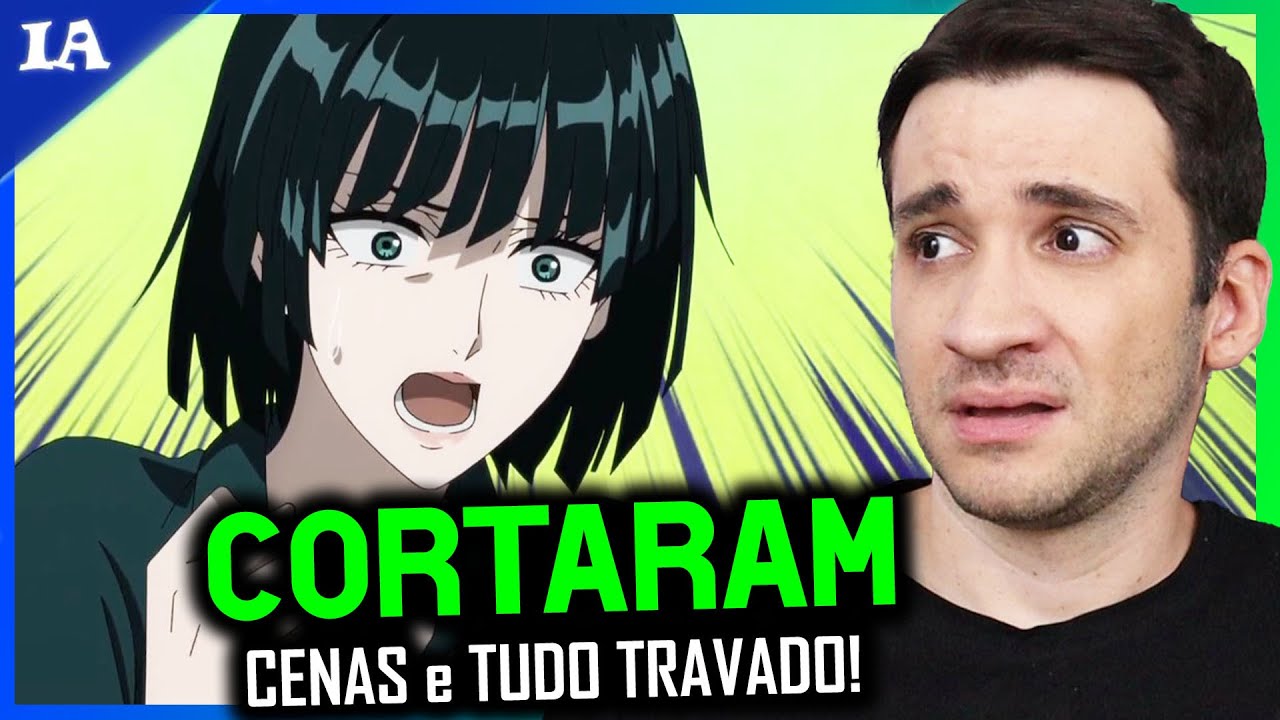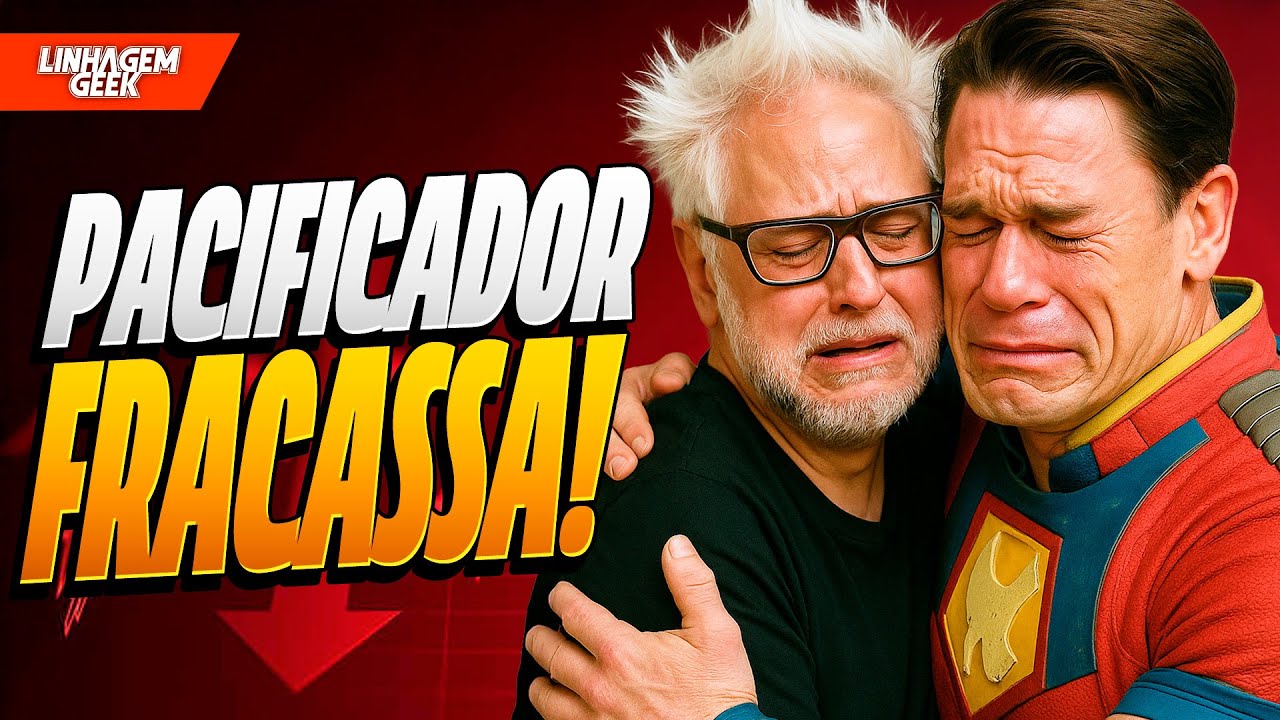BELÉM: CONHECENDO A CIDADE BIBLICA E O CAMPO DOS PASTORES!
0Shalom! And welcome back to Israel with Aline. We are now in Bethlehem, and we see in the background, this beautiful city is Jerusalem. See how close we are to Jerusalem, but on today’s tour we will will know a little bit more from daily routine, and the life here in the city of Bethlehem, their markets, their foods. And also at the end, we have a very special place wich is called the shepherds’ fields, yes,
those same pastors who received the annunciation of the birth of Jesus. Then, if you are ready, let’s get started! We are now going to the historical center of the city of Bethlehem, and we are going to the region close to the Church of the Nativity, and we are going there especially to see the the Christian handicrafts. The Christians of Bethlehem have been known for centuries for their works made of olive wood. So let’s go there now. Bethlehem is a vibrant city with lots of commerce and pilgrims, good food, a lot of things happens here on a dayli basis. So, it’s very different to walk down the streets here and see the most of the stores closed, the handicrafts closed. I mean, it’s sad to see the city of Bethlehem this way, but not everyone has stopped, so I want to show you, yes a Christian handicrafts that is still working. So, come with me! We are now in a factory that produces these beautiful works of olive wood. And the work, when it is made of olive wood, the tree is not cut down to make the wood, but after the olives are harvest. What do they do? They have to prune the tree, the pruned part, they use to make the artwork. So, it’s very nice to see also the ecological issue of preserving nature and preserving the trees that are sometimes centuries old, from which they make their artworks. They have now invited us to we enter the store and see how the pieces look after they are finished, and look what beautiful works they have here! Really, there is something for all tastes. But I think the most beautiful of everything is to see this centenary Christian tradition still alive here. And the main source of income for Christians in Bethlehem is tourism and handicrafts, and so they had the last year quite difficult. They are counting the days for the reopening of the border. But it is beautiful to see that despite all that is happening, they are still here, they still working, they remain firm and strong. Not all the whole city of Bethlehem is dormant, yes there are areas like this market that we are walking through, which are local commerce areas, and they still working, and there are very nice typical things that I wanted to show for you guys. So, for example, there is a handicraft store here. So, for example, here are the keffyias, which are the scarves that men wear on their heads, there are the pashminas, which are the scarves that women wear, either around the neck or in their hair, but the most different thing that I found here in this store, look at this, I’m behind the cloth, This thing here, do you know what this is? So here guys, it’s for a camel. So if you have a camel at home, and want to buy this here, goes on top of the camel, and these are bags to carry things on the sides, and this one is handicraft too, but it is not from the city of Bethlehem, but this handicraft is made in the Gaza region, and brought to be sold here. So guys, anyone with a camel at home? This is a good place to buy! And in the middle of all the shopping, when you want to stop a little bit to rest, you can buy some sweets and delicious breads, for example, there are these here, which are “maamoulin” that are filled with dates, there is everything. So you can buy a little tray, go out eating and follow the tour. And following the walk here on the street, I saw so many nice foods so, for example, here is a lot of canned food, including here there is canned of cauliflower, bright pink. We can also see here something that we find in Brazil, for example they are making bakery chicken, but they have a special food, which doesn’t have throughout all the year, that it is special for this time, which are these pancakes that are called “qatayef”, that they are special for the Ramadan season. So this week Ramadan started, which is the holy month of Muslims, that they fast during the day and at night they eat, and one of the special things they eat are these stuffed pancakes, cheese, sweet, also cinnamon and other spices on top. Here in Bethlehem there is also a Muslim population. So, Ramadan Kareen, a good Ramadan for everyone who does celebrates and let’s follow our tour. From all the food that I saw at the market, we decided to make a brake for lunch. We are starving! So we came to a traditional restaurant, here in the city of Bethlehem, owned by a Christian family then let’s go to the tent. Then we arrived, and we are going to eat a traditional meal here in the region, and the starter plate, folks, is this here. Yes, this is just the entrance, then we will still have the main course, the dessert, I mean, it’s a lot, a lot a lot of food. So, the tradition is to start with several salads, as they call them. So, for example, here we have coleslaw, has salad of corn we have “matbucha”, which is made of tomatoes and peppers, and it’s spicy, guys there are some things here that are a little spicy. Of course, there are olives, you can’t miss them, even here around me, I see that there are some olive trees. There is garlic paste, there is curd, there is traditional salad and of course, there is pita bread the Arabic or Syrian bread. so now we are going to get our pita and start eating, because I’m already starving! So let’s start with the curd Beteavon, bon appétit! I told you that more food would arrive; the main course has arrived, and we can see an international influence in the kitchen, I mean, there’s french fries here. But we can see the kebab, which are these little meat balls, and also here underneath this bread, We see some skewers, there are lamb skewer and also chicken skewers. and after all this food, there are still more, folks but don’t worry, I didn’t eat it all by myself, the team here ate very well too. and then, to help digest all of this we have a little tea, in Arabic, they call it Shay So here we have a little bag of black tea, but the nice part comes later, I mean, we put the little black tea bag and we put this here that they give us together, this is an herb that is called in Arabic, “meramia” and also for those who like it, it has sugar. An interesting thing is that here the use of sweetener is not so common. Then usually they put only sugar, but in some places you can even ask for sweetener. Here they really use sugar, and to complete with more sugar has the sweets! They are called baklawa which are these sweets flaky pastry candies with nuts. So folks, I’m going to finish my meal here, and we still have another amazing place that I want to go after here, which is very close from here and we will walk there, in five minutes we get there, right after our dessert. Then again beteavon, bon appétit! And I want to tell you the story that takes place in these beautiful fields here, around the place where we are. This story happend around three thousand and one hundred years ago, in the times of Ruth, Ruth, the Moabite. that will come to the land of her mother-in-law, Naomi and Ruth, she will be harvesting here in the fields around Bethlehem, when she meets Boaz, and from this union, she will have a child who is called Obed. Now, this offspring, is extremely important, because who is the great-grandson of Ruth, with Boaz? The King David, one of the greatest kings in the history of Israel arised because of a woman harvesting in the fields here! So these fields are important, since tat we are talking about more than three thousand years ago. And as it is told in the Bible in Matthew, chapter one, who is of David’s offspring is Joseph, and because of the census, Josheph will come to Bethlehem to be part of this population count, and because of this, Jesus will be born in the city of Bethlehem. See how the Bible story fits together. So, in reality the birth of Jesus in Bethlehem, it is thanks to Ruth who comes to harvest in those fields. So we have some of the most important biblical characters that passed through here. And talking about the birth of Jesus, let’s go up here a little bit and see the place of the Shepherd’s field and the cave of the shepherds, come on! We are in the shepherd’s field, but let’s talk a little bit about
who these pastors were. We saw the previous Sunday, here on the channel, the birthplace of Jesus, near here, inside the city of Bethlehem, when Jesus is born, who are going to be the first people to receive the birth annunciation? They are shepherds who are going to be here, in the night with their sheep, with their flocks. It is interesting that the shepherds themselves will receive this announcement, since the shepherds, were some of the most simple people from that time, they are here at night, watching over their sheeps, and the angel goes and announces to them the birth of Jesus. And they get out of here, and go to meet Jesus, Mary and Joseph inside the Cave of the Birth, but there are also caves here. As we alreay said in those times, the shepherds kept their flocks inside the caves. And not only that, but often the caves could be used as houses as storage, as whatever was needed since here in the region trees are not so abundant to make constructions and the climate here, folks it can be very cold. You see it’s spring now and I’m still wearing my coat, so in the cold of winter, it’s best to be protected underground. So let’s now enter a shepherds’ cave that has been untouched since that time. The stairs, they are from after the times of Jesus but inside the cave is preserved in an original way. This is one of the things that I I find most fascinating about visiting the Holly Land. You can literally enter a time tunnel, we can see how were the landscapes, how the places were, the architecture and the lifestyle of the people at that time. As we said, these caves were used to store food, animals, and people could also sleep in here that is, a good part of life really happened inside here. Here we can see archaeological remains. This place was a gigantic complex of monasteries and churches from the fifth century, I mean from the Byzantine Period. And this here is an archaeological evidence that shows that this place was already a place of Christian worship since that time and that is why it is important when we visit a place here in the Holy Land, we seek the biblical narrative and also look for the archeology and see how things go fitting for us to understand better of the events of Jesus’ time. Look, we are walking on the original floor of one of these churches, and look how well preserved it is. It is a simple floor, I mean, it is not luxurious with designs, but we can see here the stones of the original mosaic. This gigantic complex that is called the Shepherds’ Field, most of it has been preserved as fields and also as archaeological remains, as we saw before. But there is a church built here that I think is beautiful. Despite it is a modern church, it has much, much meaning. So, we are going to go in together now and inside, the first thing that you notice is the ceiling. You can see that they made most of it of glass And so you can look up at the skies and look at the stars, for example, the story of the star of Bethlehem, the Star of the Annunciation, the architect who made this whole church, his name is Antonio Barlluzzi, and he did many of the churches here in the Holy Land, and around the altars, we see also representations of the main biblical passages here from Bethlehem. Here we can see represented the Angel announcing to the shepherds, we see the their sheep. We also see in another paiting the birth of Jesus, which also happened inside an animal cave, but in the center of the city of Bethlehem, for those who didn’t see it, I will leave here above the link to the video that we also know, the Cave of the Birth. We have now entered another cave of the times of Jesus. This was also a shepherds’ cave, where the shepherds could live and where they were also kept
the animals. And we see here many interesting things. So the soot again is because of the candles and the time that has passed, since this place nowadays also has prayers and candles being placed here, and look how amazing this apparatus is in two pieces, so this piece here, it is placed on top of the other, and here on top wheat was placed, this piece was rotated on top of each other and the friction of the losses grounds the wheat and produced flour. Bread was made from the flour, and and we reconnect with the name of the city, “Bayt Laḥm” – the House of bread. Let’s keep walking and looking at the cave here, you can see how low it is. We have to remember that people at that time were also short, but look here, the height of the place. And I want to show you one last thing that is in this place, wich is not from Jesus’ times, but from Byzantine times, which is this floor here, it is the same floor that we saw walking down there, when I told you that it was the remains of Byzantine churches and monasteries there was one part that floor was so damaged, that they couldn’t keep the place there but they decided to bring the stones here, and make a kind of recycling or as we call it in archaeological terms, spolia. So they brought them here and they reassembled this Church with the floor of the church from fifteen hundred years ago. How cool is that? And here, from the sheep side from the shepherds’ field, I want to say goodbye to you, remember to subscribe to the channel, and activate the little bell, to do not miss any new video that is posted. A kiss, Shalom and until next time!







